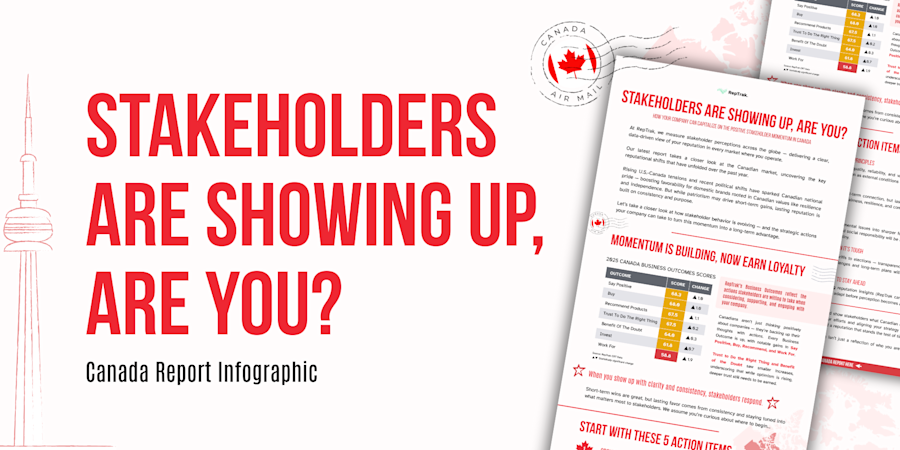Boosting Chief Communications Officer Success with Left-Brain Tactics
Blog Post16 Jul, 2020
These days, the fact that there is “no more business as usual” can be applied to multiple contexts—and not all of them involve the current pandemic we’re living through.
For example, over the last few years, there has been a well reported shift as companies accelerated their evolution from maximizing shareholder value to Stakeholder Capitalism. To that end, supporting a Chief Communications Officer’s (CCO) success, especially during these uncertain and difficult times, and measuring the effectiveness of internal and external communications has become essential.
To do that successfully means tapping into the left-brain aspects of your cognitive functions to complement the more highly developed and properly fueled right-brain ones. Assume nothing and validate everything to justify the value of each initiative, determine priorities for investments, and drive business outcomes by identifying critical messaging to fuel content for the corporate brand narrative.
CCOs and their teams can apply marketing-type measurement approaches and tools in a variety of ways, including:
1. Measure and have a finger on the pulse not just once a year or quarterly. Monthly or even daily tracking is available to enable a data-driven decision-making capability to manage a more adaptive and responsive, if not proactive, engagement with stakeholders.
2. Demonstrate value by defining communications-specific, quantifiable key performance indicators (KPIs) that specifically align with strategic communications objectives and activities. In addition to high-level metrics such as overall reputation and trust, create more granular diagnostics that assess innovation, workplace, governance, citizenship, leadership, and financial performance to enable a clearer linkage to activation efforts. Beyond monitoring the KPIs, set growth-oriented goals either based on relative performance to a baseline, or relative performance versus competitive peer set or “north star” brand.
3. Integrate efforts across corporate external and internal communications teams, as well as third-party public relations, advertising, and social media agencies. This is vital for success to understand perceptions (emotional and rational) and touchpoint behaviors across all stakeholders (including consumers, influencers, investors, employees, and regulators). Compare across stakeholders and relative performance versus direct and indirect competitors to identify where and how to close or expand gaps.
4. Define a set of common overall goals and metrics with Corporate Marketing, Corporate Branding & Purpose, and Customer/Client Excellence teams to link your communications KPIs. Business behavior metrics can include willingness to purchase and recommend products and services, willingness to work for and recommend, willingness to purchase and recommend investment, willingness to give the benefit of doubt, etc. These types of timely, quantifiable evidence equip communications leaders to reach their full potential in being a strategic, accountable business partner.
5. Invest in CommTech, which is becoming more robust and available. Don’t settle for static Powerpoint reports that are compiled weeks after data is available. Heightened expectations from all stakeholders for doing and saying the right thing requires ongoing insights and recommendations to guide decision making, identify emerging risks, and taking control of the narrative. Find the best cloud-based business intelligence platform combined with advisory insights and recommendations to elevate the effectiveness of your corporate communications.
With a both-sides-of-the-brain approach to decision making, you’ll set yourself up for greater success, and a world where “business as usual” has you even more at the heart of the brand narrative.
Allan DeYoung Strategic Account Director The RepTrak Company






